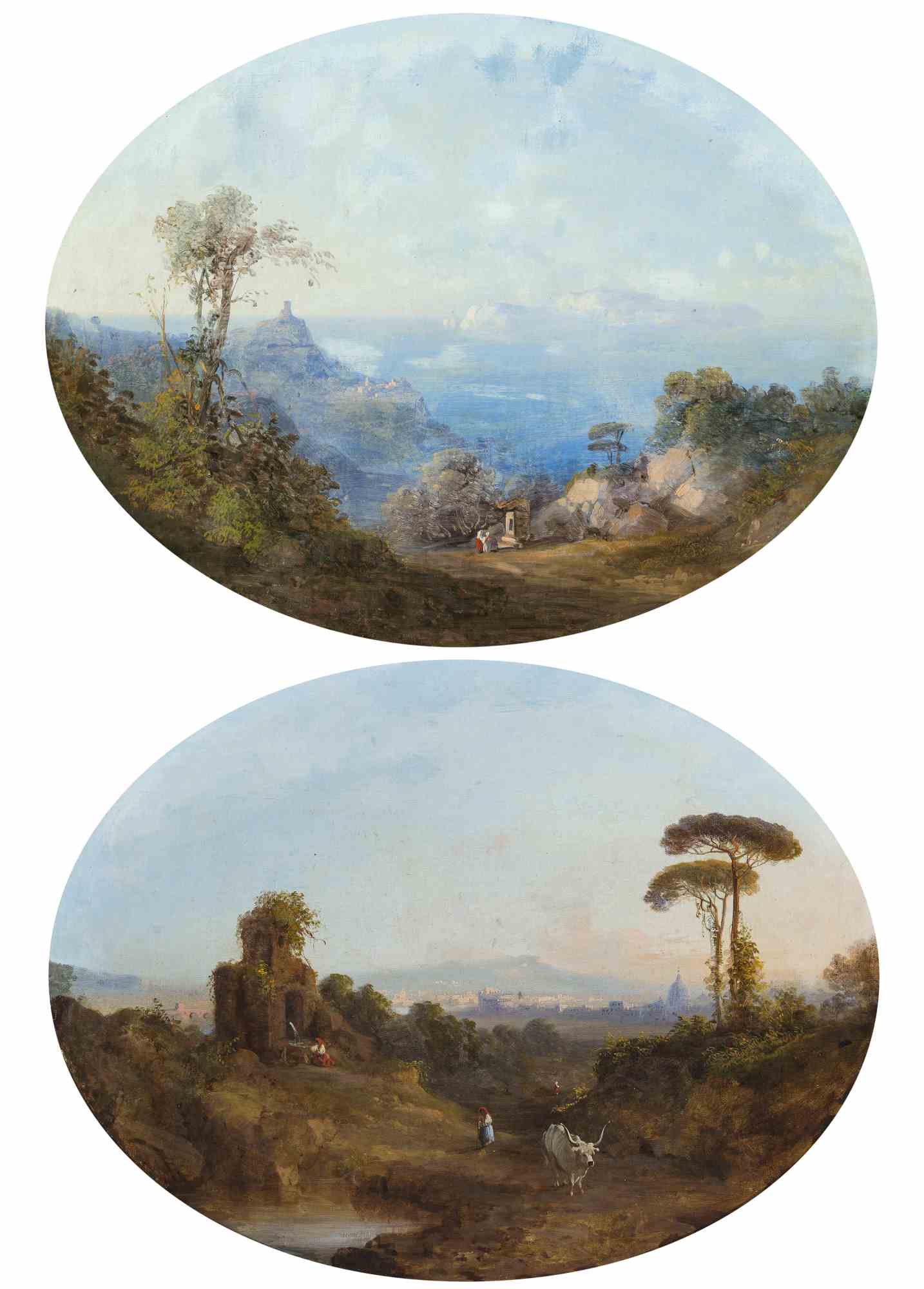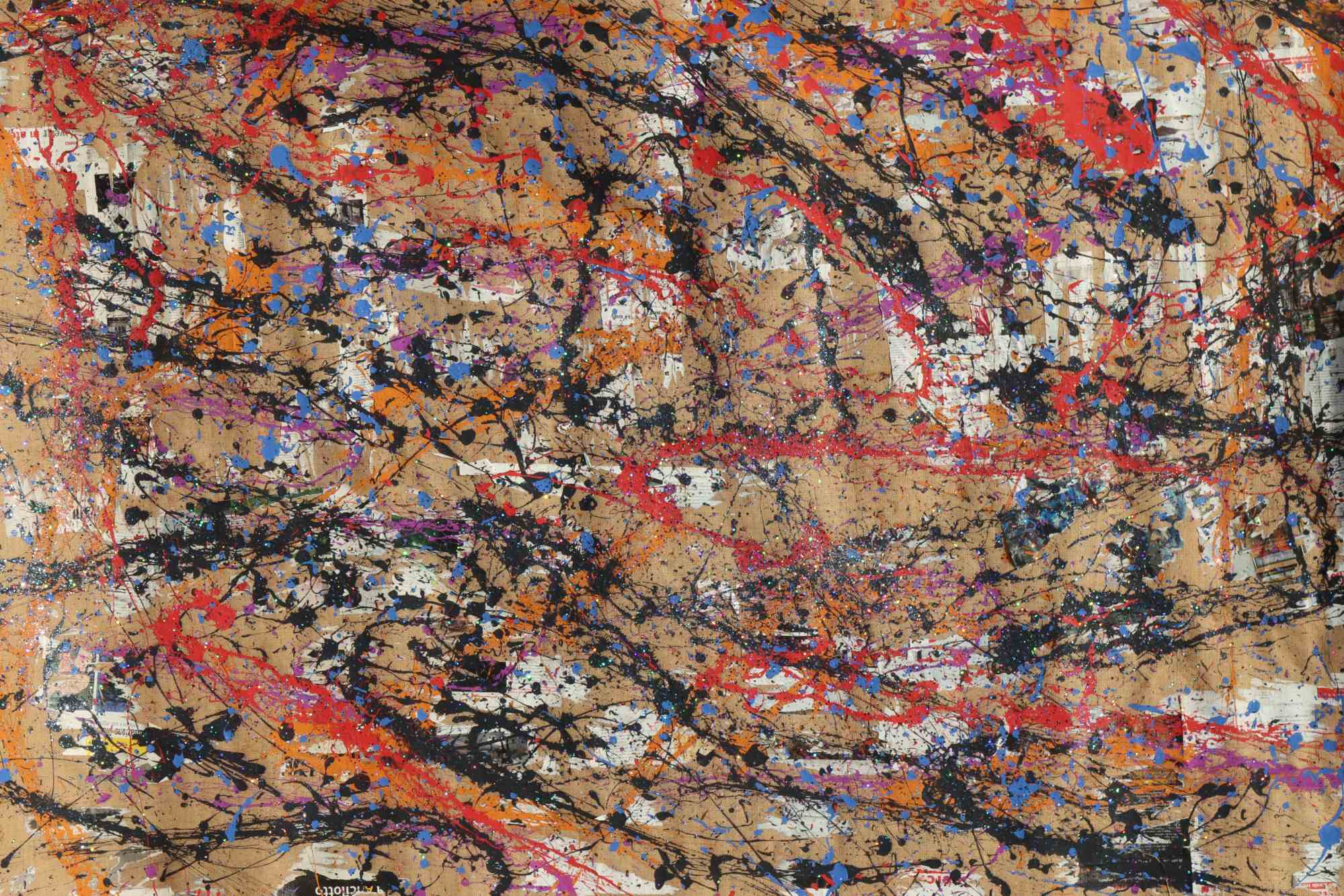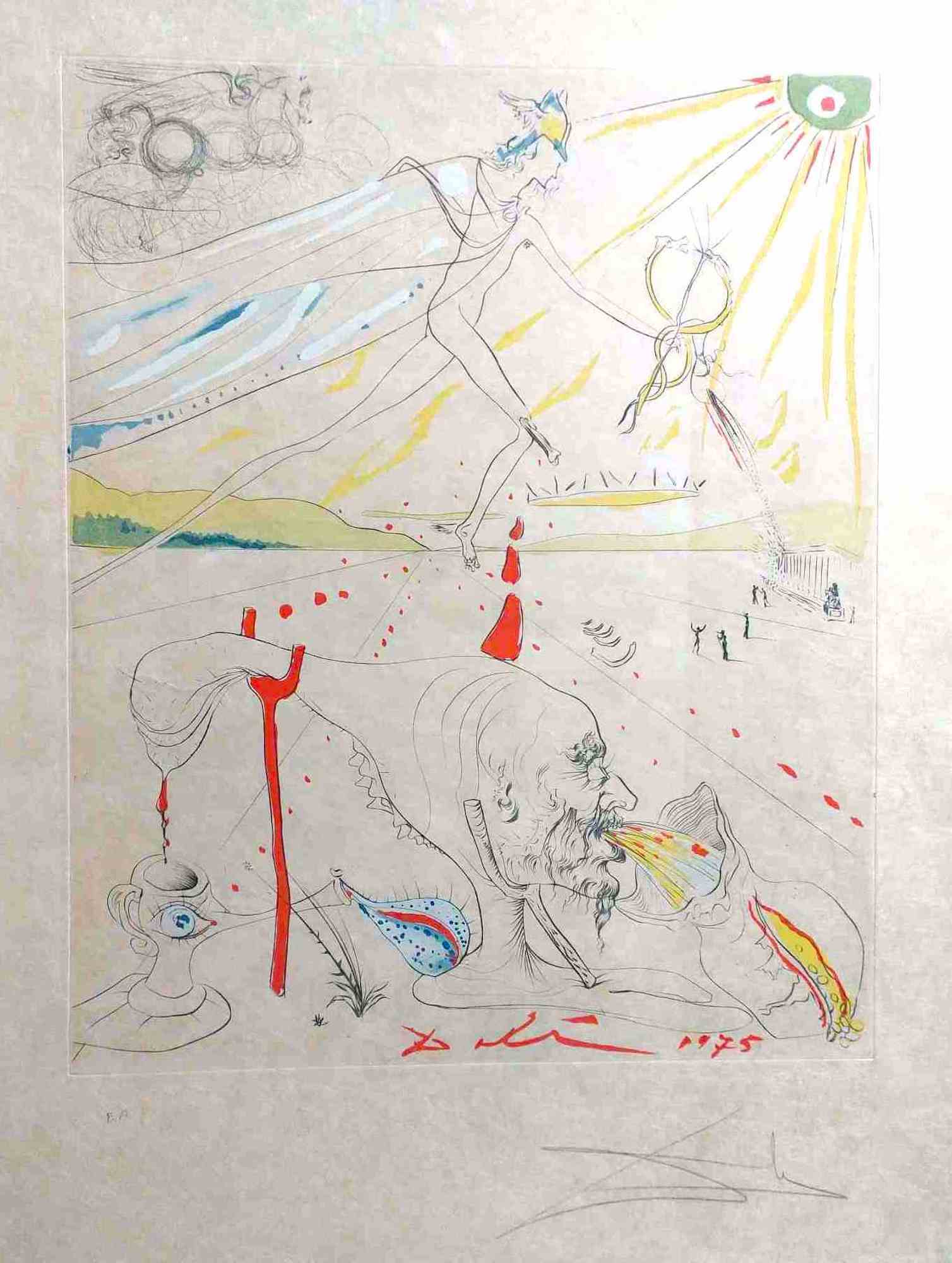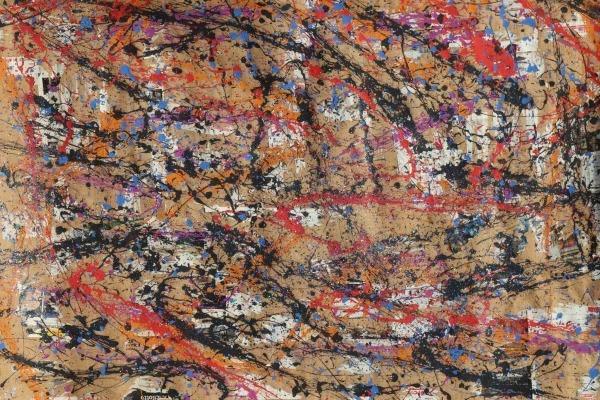
Decoding Art Valuation: Exploring the Factors Behind Price Variation in Artworks part 2
In the previous article “Decoding Art Valuation: Exploring the Factors Behind Price Variation in Artworks part 1” the objective drivers that influence the valuation of artworks were explored: the age factor, size, medium and materials, rarity, genre and colors, mentions and exhibitions, provenance and ownership history.
In this article, on the other hand, we explore the other factors that contribute to the valuation of works of art.

Defining the Value of Artworks
The fundamental question when evaluating art is, “When can an object be considered a work of art?“. The answer lies in art theory, as without it, an object may not be perceived as art or recognized as part of the art world.
A critical theory is essential to establish if an object holds value as a work of art. It’s crucial to understand that the value of a work of art is not intrinsic to the object itself; instead, it is socially constructed. This value is constantly reproduced by artists, intermediaries, and audiences, and there is no objective, inherent worth. Art serves no necessary function, which often astounds people when they hear of works of art selling for exorbitant sums.
Characteristics of the sale
The price of artworks is impacted by various factors related to the sale. These factors include the venue where the transaction takes place, as well as its location and characteristics. Timing also plays a role, as prices can vary based on different moments within an auction and even the time of day a work of art is sold. Furthermore, external economic trends have an influence, considering that artworks are considered luxury goods and their demand is influenced by income. For instance, periods of prosperity in certain sectors of financial markets often coincide with booms in specific art markets.
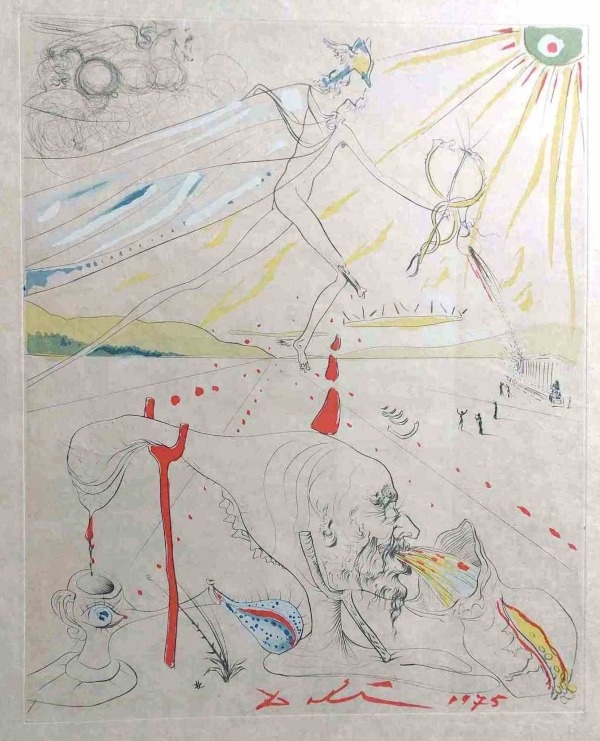
Subjective determinants
The subjective factors that influence the prices of art are unpredictable, emotional, or irrational elements that cause prices to deviate from expected ranges. As a result, it is not possible to accurately forecast the exact market price that a piece of art will achieve. Recent notable sales that have garnered significant media attention exemplify the presence of this “irrational” element, often referred to as the “emotional premium.” When a record-breaking price is paid (including a significant irrationality premium), it is highly improbable for the seller to find another buyer. Consequently, such artworks are not considered wise financial investments.
Art Market Oddities
In the art market, certain peculiarities can be observed. For instance, the simultaneous presence of two bidders in an auction hall, each with distinct personal motivations, can significantly escalate the price of a particular artwork, surpassing even the market estimates. Consequently, two identical art pieces may be sold at vastly contrasting prices. Additionally, a single artwork can exhibit inexplicably divergent prices over the course of several years. As mentioned in the preceding article, the colour of an artwork can sometimes unexpectedly influence its value.
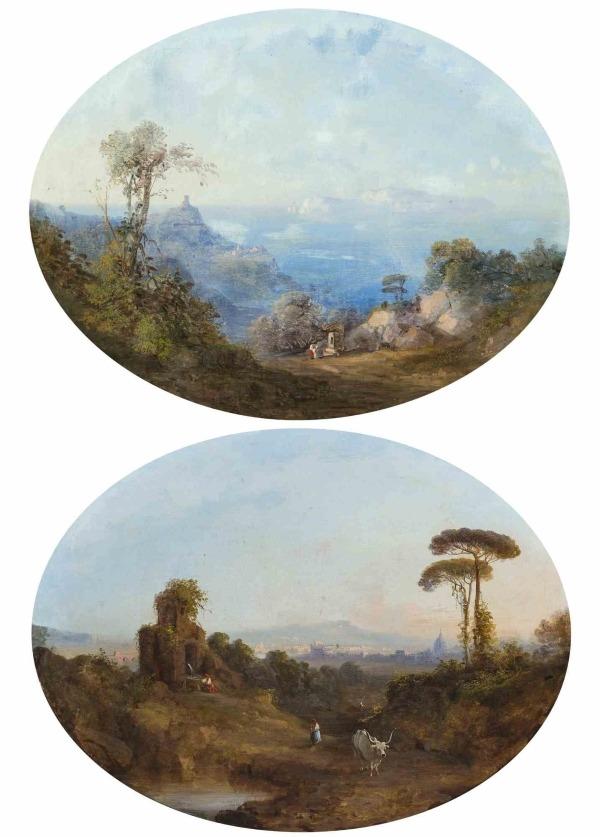
Artwork Price Formula
When presenting the work of an emerging artist on the market, one of the most difficult elements is the price. In fact, it is not always possible to define a value for a work while considering all of its features. To calculate the price of the work, therefore, one refers to the artist’s coefficient.
The artist’s coefficient takes into consideration the artist’s curriculum, from education onward; exhibitions in fairs, group and solo shows; reviews obtained over time (they must be documented and come from influential people); auction sales.
Then there is a mathematical formula that, by combining different elements of the artist’s work and resume, can return the price to be charged in the market. It is expressed in decimals and whole numbers (for example, a completely emerging artist may have a coefficient of 0.3 or 0.5, and then go up).
The formula for calculating the price of a work is: [(base + height) x coefficient of the artist] x 10 = Price of the artwork.
Conclusion
In conclusion, evaluating the value and prices of artworks is a complex and subjective process that encompasses various factors. In addition to objective factors, subjective determinants and irrational elements can cause prices to deviate from expected ranges, as well as the art market exhibits peculiarities.
